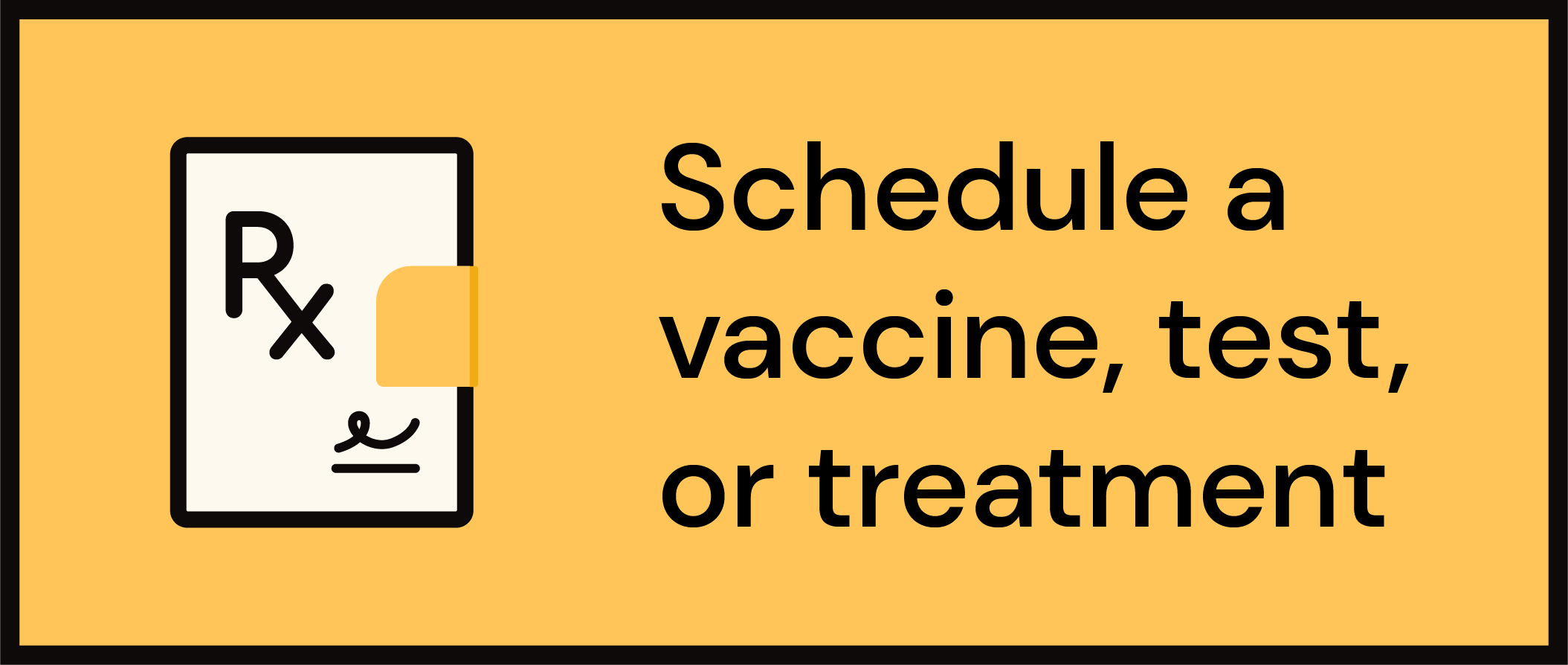Get Healthy!

- Kirstie Ganobsik
- Posted March 13, 2023
What are the Best Sleeping Positions for a More Comfortable Day
If you were asked your favorite sleep position, you'd probably be able to answer pretty quickly.
But it can be a little trickier to figure out the best sleeping position -- one that helps you reduce your aches and pains and maximize the enormous health benefits that research has shown a good night's sleep can provide.
Here are the positions that the experts recommend, whether you're pregnant, prone to snoring, dealing with back or neck pain, or have other conditions that can benefit from the right position while you rest.
Plus, experts offer tips on making the most of your current favorite position and "training" yourself to sleep in different ones that might be better for you.
What are the best sleeping positions?
"The best sleep position is the one you are most comfortable with,"said Dr. Harly Greenberg, medical director at Northwell Sleep Disorders Center in New Hyde Park, N.Y.
"However, there may be better sleep positions for persons with specific health or orthopedic issues,"he added.
So, what is the best position to sleep in for your particular needs? To help you pick your position, the Sleep Foundation offers some suggestions about sleeping on your back, stomach and side.
Sleeping on your back
Advantages:
- Reduces aches and pains in the lower back and neck
- Supports your spine so your muscles can relax and recover
- Helps relieve congestion, especially if you elevate your torso
- Helps reduce the risk of developing facial wrinkles
Disadvantages:
- Increases the risk of airway collapse for those who snore or have sleep apnea
- Raises pressure levels for certain types of back pain
- Increases episodes of acid reflux
- Raises gravity pressure to make it more difficult to breathe, making it unsuitable for older or heavier people
- Causes a fetus to put more pressure on the heart in pregnant women, especially in the third trimester
Sleeping on your stomach
Advantages:
- Opens the airway to help reduce snoring
Disadvantages:
- Causes increased gravity on your ribs to make breathing less energy-efficient
- Provides the least back and neck support of the three positions
- Contributes to facial wrinkles
- Makes it difficult to get comfortable when pregnant
Sleeping on your side
Advantages:
- Advances spinal alignment, making it ideal for those with back pain, particularly when using support pillows
- Reduces snoring and heartburn, which means it's beneficial for those with acid reflux, gastroesophageal reflux disease (GERD) and sleep apnea
- Promotes comfort, ease of breathing, and reduced pressure on the spine and internal organs, making it a top choice for pregnant people and older adults
Disadvantages:
- Increases pressure on the shoulders, which means it's not ideal for those with pain in this region
- Contributes to facial wrinkles
So which side is best? A recent study published in the journal Sensors found that sleeping on your right side, combined with lower rates of turning, promoted higher quality sleep.
However, left-side sleeping is ideal for those with acid reflux and GERD because it decreases pressure on internal organs, according to the Sleep Foundation.
Greenberg shared the same conclusion. "As far as right or left side, left-side sleeping may be better, as it may reduce gastroesophageal reflux,"he said.
Left-sided sleeping has another distinct advantage: It's the best position during pregnancy, experts say.
"Pregnancy, especially during the third trimester, may cause discomfort during sleep. Side sleeping relieves gravitational pressure of the uterus on the blood vessels in the abdomen and improves blood flow,"Greenberg explained.
"Sleeping on the left side is better than the right side as it helps to relieve pressure on other abdominal organs and is preferred, although brief periods of right-side sleep are OK as well to relieve pressure on the left hip,"he added.
One study published recently in the Journal of Clinical Sleep Medicine found that reducing back-sleeping time in favor of a side position may be particularly beneficial for the fetus during late pregnancy.
What's the best sleep position for neck and back pain?
"Back sleeping may be most comfortable for those with back or neck pain,"said Greenberg.
"If back pain is a problem, back or side sleeping may help with spine alignment and reduce back pain. Side sleeping with knees bent and a pillow between the knees may be helpful as well,"he advised.
Can you "train" yourself to sleep in a different position?
Greenberg noted that "for those people who should avoid supine sleep for sleep apnea, a sleep positioner that prevents inadvertent rolling on the back may be useful."
He noted that "there are other options as well, including devices that sense your position and provide a vibratory or other signal to urge you to move."








